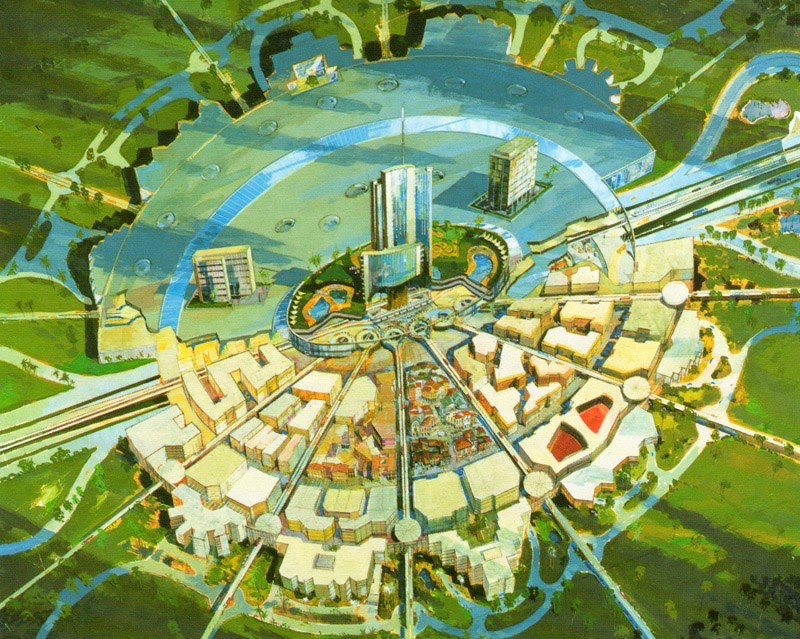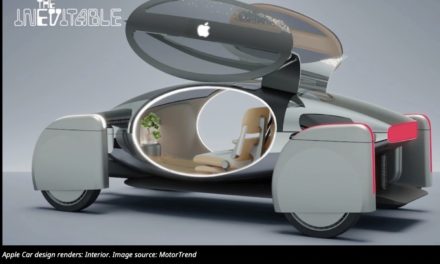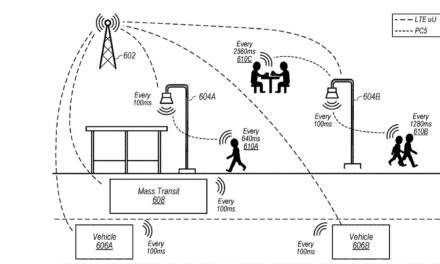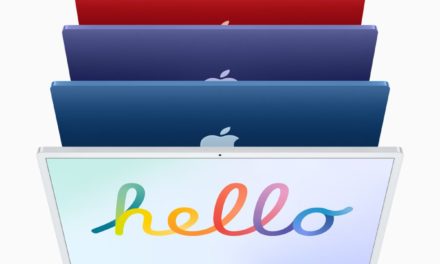In 2017, CNBC aired a documentary on Walt Disney, Walt: The Man Behind The Myth, and it gave me an idea on how Apple can spend a big hunk of its gazillion cash hoard: realize Walt Disney’s original vision for the Epcot Center.
Epcot is a theme park at the Walt Disney World Resort in Bay Lake, Florida. It’s divided into two sections: Future World (East and West) and World Showcase. As cool as it is, it was original envisioned as something much grander.
Instead of merely another attraction in an amusement park, Walt Disney wanted to build a “city of the future.” It was to have included a prototype community, an industrial park, an airport of the future, and more.
All these elements were imagined by Disney and his staff. The project was conceived and worked on between 1962 and 1966 (when Walt Disney died). Without the passion of its originator, it was never developed, though some elements did survive in the Walt Disney World resort as we know it today, such as the World Showcase concept.
The original dream of E.P.C.O.T. (Experimental Prototype Community of Tomorrow) was for a 27,000-acre model community (home to 20,000 residents) that would be a test bed for city planning and organization. The community was to have been built in the shape of a circle, with businesses and commercial areas at its center, community buildings and schools and recreational complexes around it, and residential neighborhoods along the perimeter.
Inhabitants would live in a 50-acre climate-controlled “snow globe” where they’d be “protected from rain, heat and cold and humidity.” The sphere-shaped community would act as a wheel, with the hub of transportation located in the center. Routes would branch out from here to all sectors of the city. The center would consist of business and commerce outlined with high-density apartment housing, while the majority of E.P.C.O.T. would consist of residential neighborhoods.
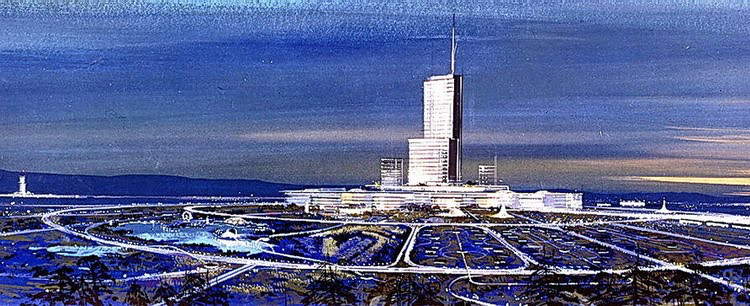
The epicenter would house a 30-story cosmopolitan hotel and convention center, as well as shopping areas that would recreate the experience of streets of places around the world. There would be theaters for musical productions and dramas, restaurants and resorts.
Transportation would have been provided by monorails and PeopleMovers (like the one in the Magic Kingdom’s Tomorrowland). Automobile traffic would be kept underground. Also housed beneath the town’s epicenter would be E.P.C.O.T’s Transportation Lobby to get on and off monorails and Peoplemovers. It would be similar to the likes of NYC’s Penn Station or Grand Central Terminal.
“It will be a planned, controlled community, a showcase for American industry and research, schools, cultural and educational opportunities. In E.P.C.O.T, there will be no slum areas because we won’t let them develop,” said Walt Disney. “There will be no landowners and therefore no voting control. People will rent houses instead of buying them, and at modest rentals. There will be no retirees; everyone must be employed.”
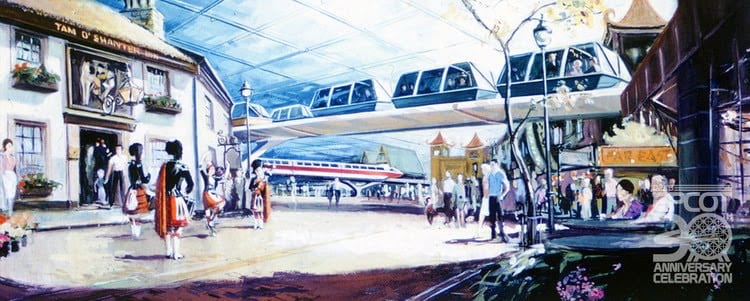
While some could choose to work outside of the E.P.C.O.T. area, many would work in the town’s nearby industrial park’s facility centers. There, Disney staff would “work with individual companies, looking at experimental prototype plans, research and development laboratories and computer centers for major corporations.”
After Walt Disney’s death, the project was deemed impractical and was re-envisioned as a theme park with futuristic architecture and technology. Today, Epcot serves as a walk-through of the world with countries appearing to co-exist peacefully side by side.
Perhaps the idea for a utopian center was impractical (at least, to those with a lack of imagination) in 1966. However, 51 years later — and in this day of wearable computers, personal digital assistants and smart homes — not so much. Imagine if Apple put its resources into such a vision.
Not just smart homes, but a smart city.
If Apple started with one such city, and it was a success, who knows how many more might materialize.
Article provided with permission from AppleWorld.Today

